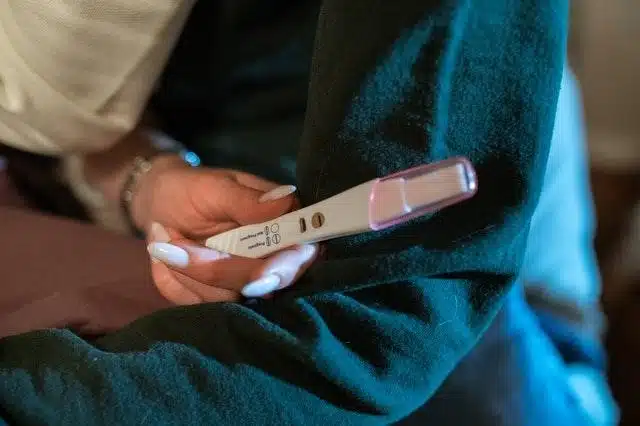Is the anticoagulant Xarelto (rivaroxaban) safe during contraception or while taking birth control pills? Oral contraceptives and hormone replacement therapy have been associated with an increased risk of thrombotic accidents, such as blood clots and thromboembolisms.

The activation of the coagulation cascade may depend, in fact, on the amount of estrogen in the bloodstream. For this reason, a patient under estrogen contraception or hormone replacement therapy was considered at risk for increased formation of blood clots. Consequently, it was never clear whether administering estrogen medications was a safe choice or not in all those patients who needed to take blood thinners to treat other conditions. However, a new study published in the clinical journal of the American Society of Hematology (ASH), Blood, finally gave the answer to the question: is Xarelto safe during estrogen contraception and hormone replacement therapy?
Is Xarelto safe during contraception?
The new study led by Dr. Martinelli demonstrated that estrogen contraception and hormone replacement therapy (HT) did not increase the risk of blood clots and uterine bleeding in patients under blood thinners therapy. So the short answer is that Xarelto is safe on this specific issue, although the blood thinner still poses a significant risk for uncontrolled bleeding events in all those women who suffer from heavy menstrual bleeding. As high-dose estrogen therapies are often used as an emergency treatment for severe uterine bleeding, it could be even postulated that estrogen-based therapies could actually protect a patient from the life-threatening uncontrolled bleeding accidents.
Estrogen-based and other hormone therapies are prescribed to both young and older women for several indications, including the treatment of postmenopausal symptoms, prevention of osteoporosis, and contraception. Today, if a woman needs to undergo blood thinner therapy to treat or prevent other conditions such as deep venous thrombosis or pulmonary embolism, however, she is usually advised to stop HT as it could interfere with the anticoagulants. Official guidelines are nonetheless conflicting, as not enough data about the safety of the interaction between these drugs has ever been published. The new study conducted at the Italian Hemophilia and Thrombosis Center A. Bianchi Bonomi in Milan found some believable evidence showing that there’s no real risk when using these medications together.
The study analyzed patients’ data from a total of 1,888 women who received anticoagulants medications. Some them received concurrent HT, while others didn’t. Researchers then compared the incidence of recurrent blood clots and abnormal uterine bleeding in the two groups. Data was extracted from the recent EINSTEIN-DVT and PE study, so all women were either under rivaroxaban treatment or under Enoxaparin plus Vitamin K antagonist (VKA) treatment. Among all patients, 475 of them were advised to use contraception methods to avoid the potential risk of Xarelto birth defects.
Blood clots events between those patients who took either estrogen- or progestin-based therapies, were registered at a rate of 3.7% per year, compared to a rate of 4.7% for patients who took no HT. Similarly, the rate of abnormal uterine bleeding in women under HT was 22.5% per year, compared to 21.4% per year for patients who didn’t take HT.
Unsurprisingly, however, the study showed that Xarelto abnormal uterine bleeding was significantly more frequent than in those patients who took Enoxaparin/VKA. Evidence showed that the bleeding rate for the newer blood thinner’s adverse reactions was literally doubled when compared to Enoxaparin/VKA: 29.8% per year versus 15.5% per year. Even if the study aimed at demonstrating this medication’s safety during contraception, it also pointed out another dangerous side effect: uncontrolled uterine bleeding.
Article by Dr. Claudio Butticè
REFERENCES
- Martinelli, Ida, et al. Recurrent venous thromboembolism and abnormal uterine bleeding with anticoagulant and hormone therapy use. Blood. Prepublished December, 22, 2015. http://dx.doi.org/10.1182/blood-2015-08-665927
- Norris LA, Bonnar J. Haemostatic changes and the oral contraceptive pill. Baillieres Clin Obstet Gynaecol. 1997 Sep; 11(3):545-64.
- Koh KK. Effects of hormone replacement therapy on coagulation and fibrinolysis in postmenopausal women. Int J Hematol. 2002 Aug;76 Suppl 2:44-6.
- WebMD. Abnormal Uterine Bleeding-Treatment Overview. (Accessed Dcember 2015)